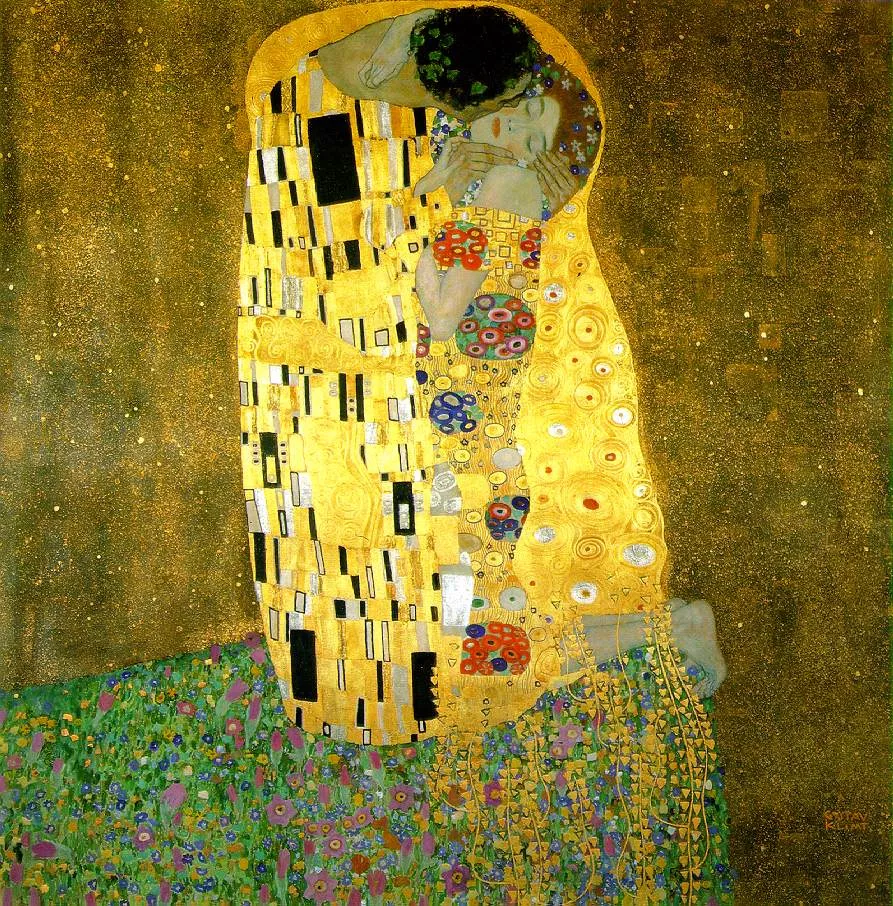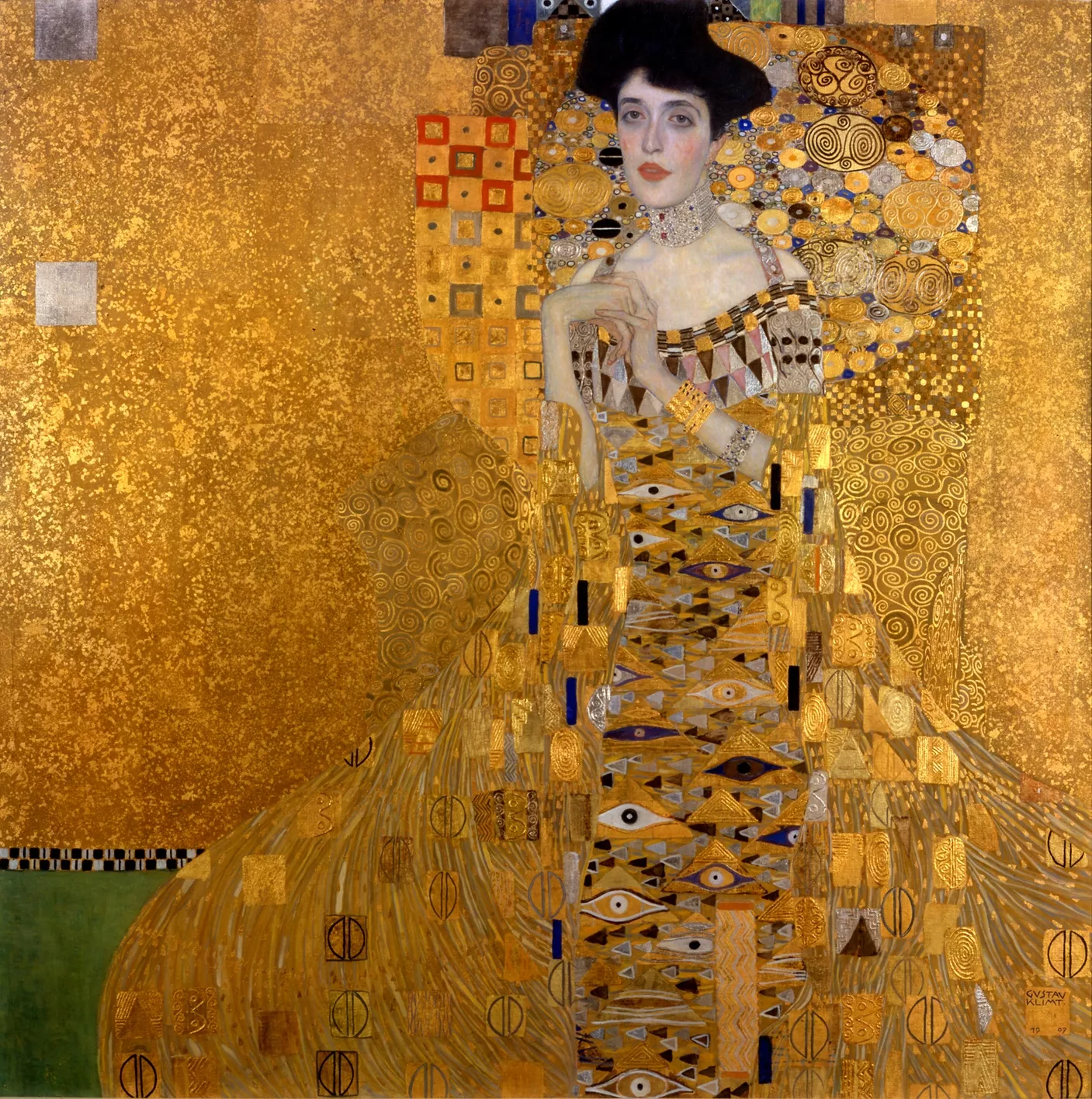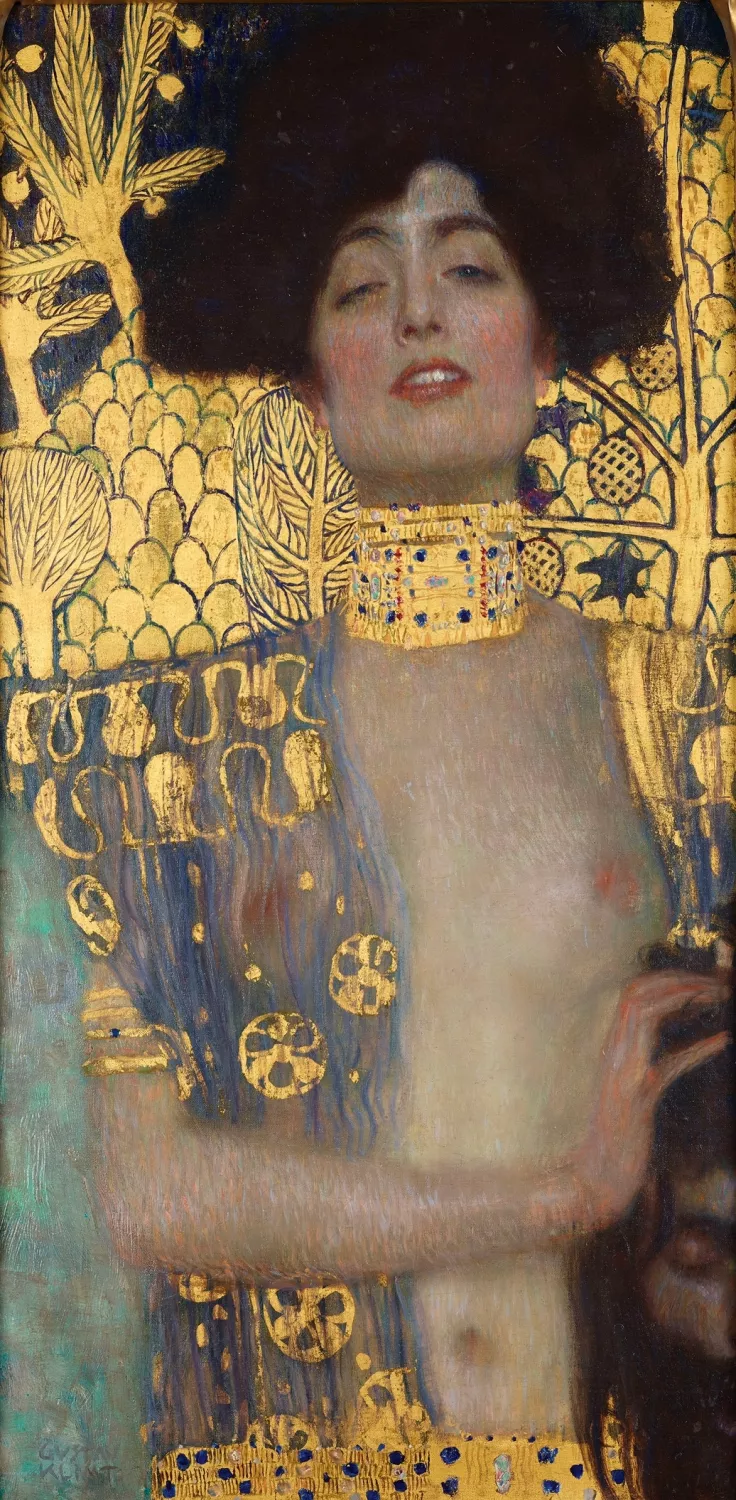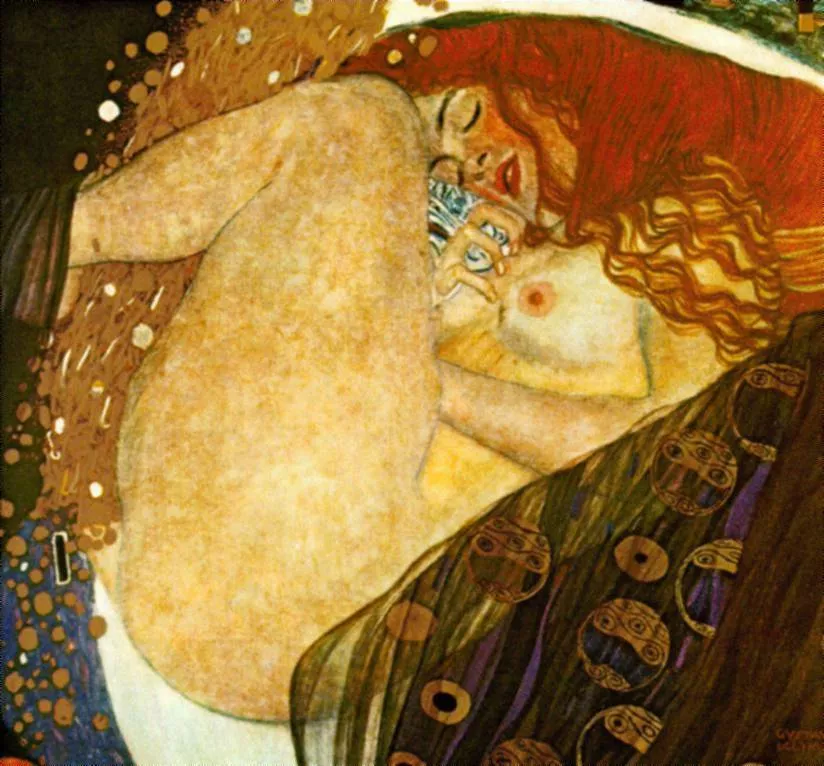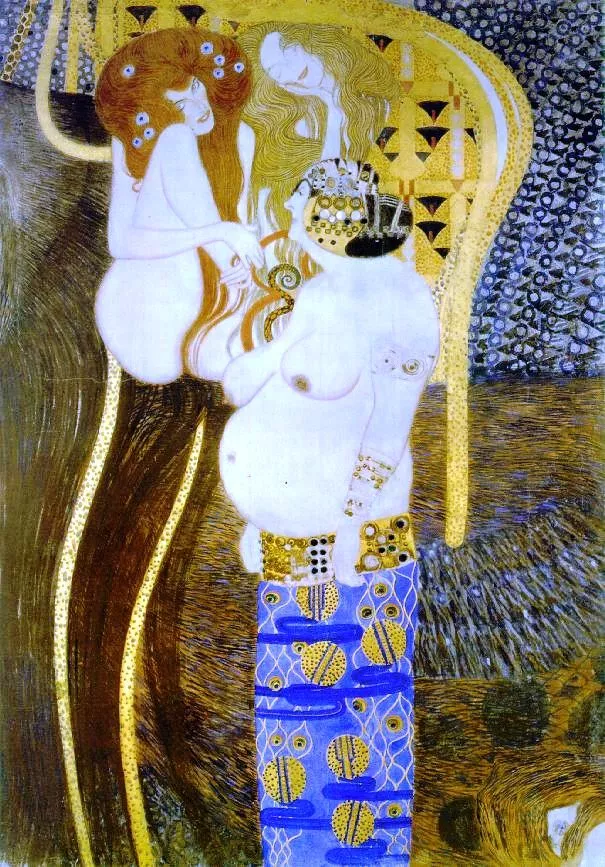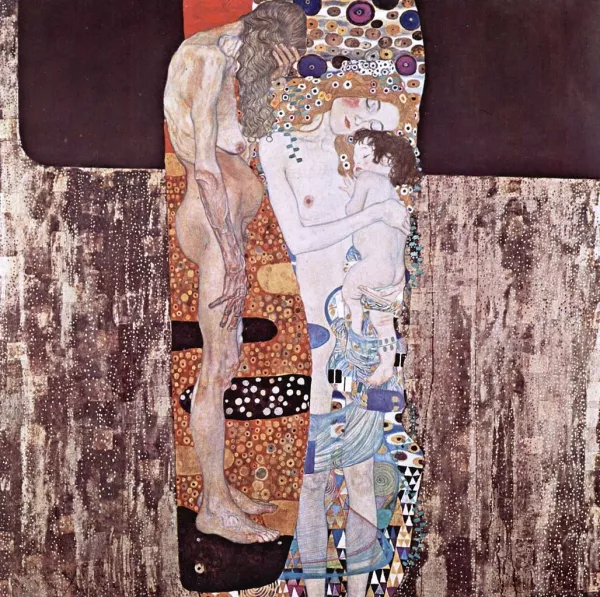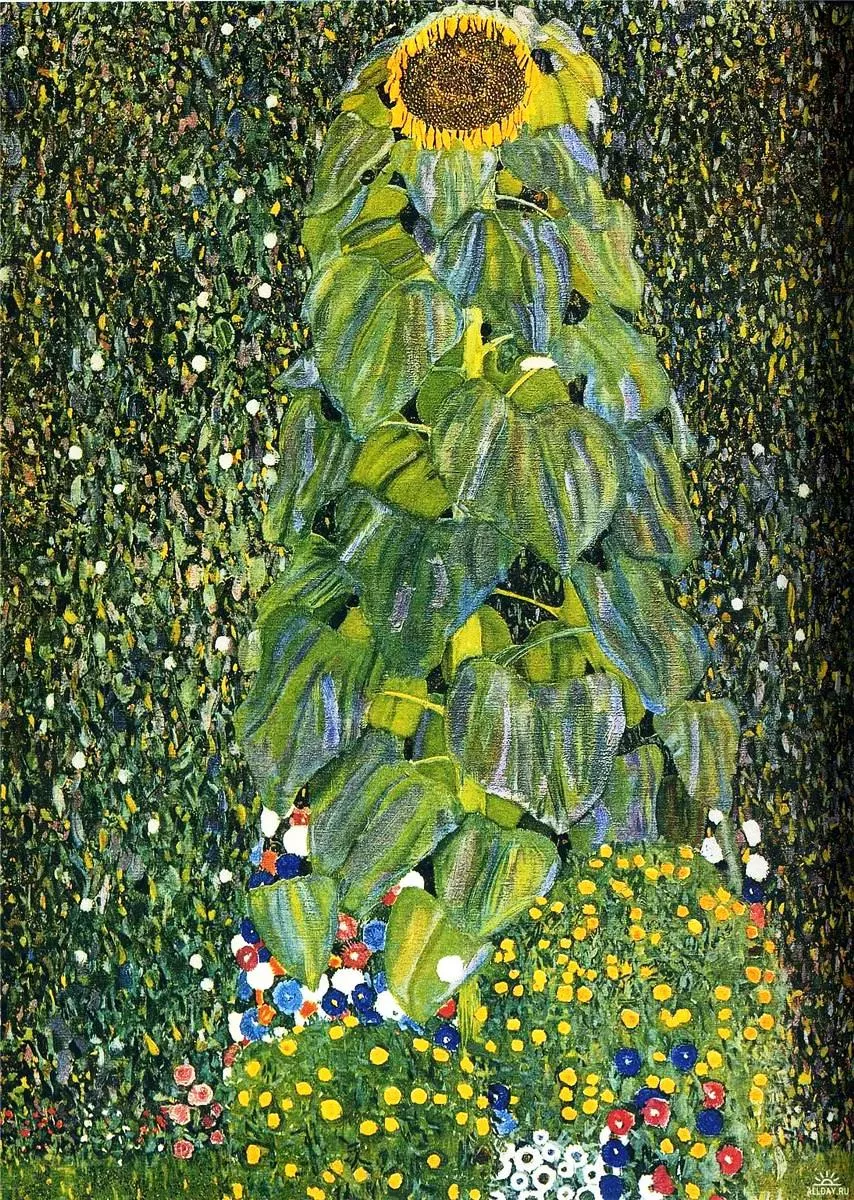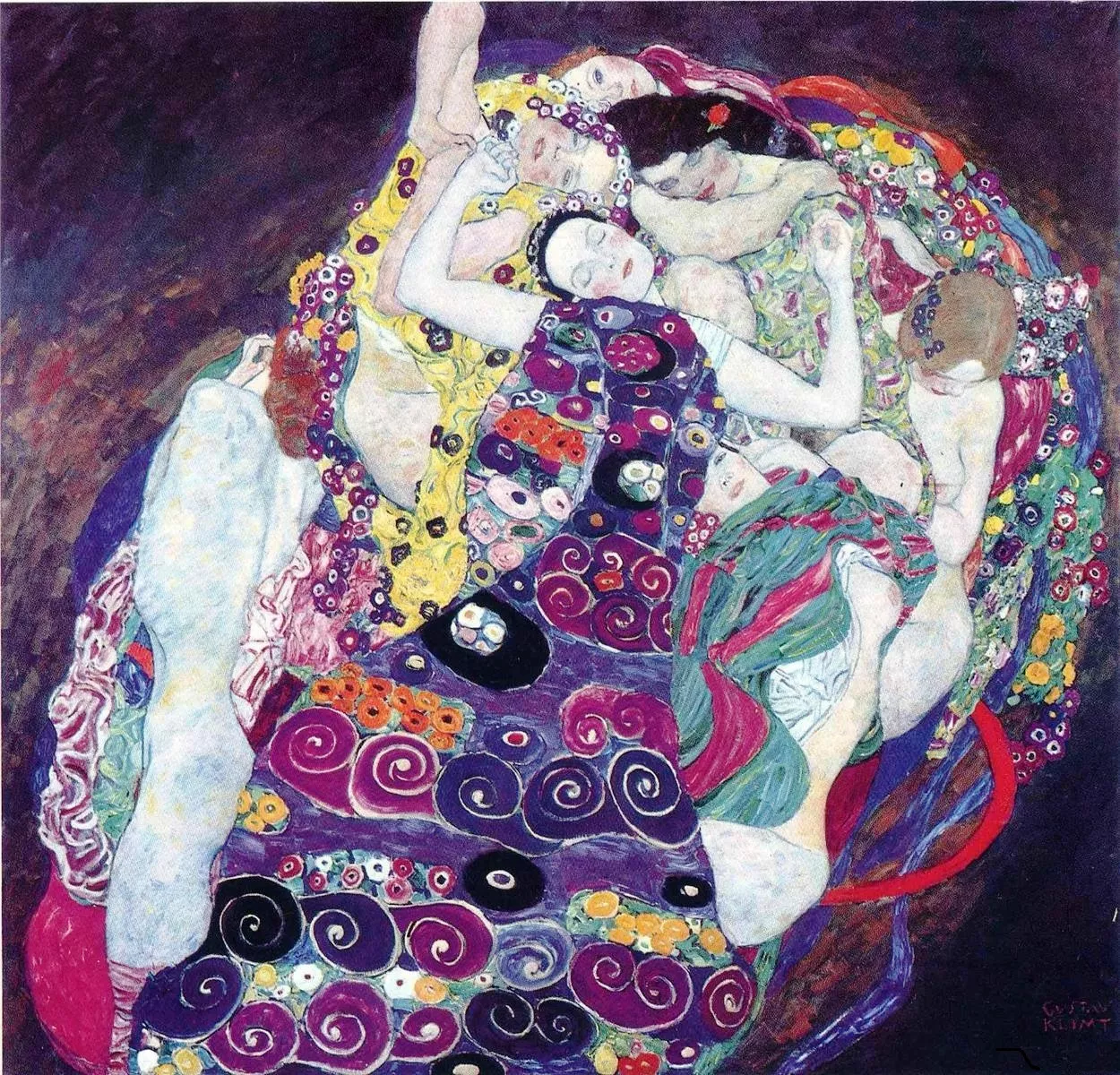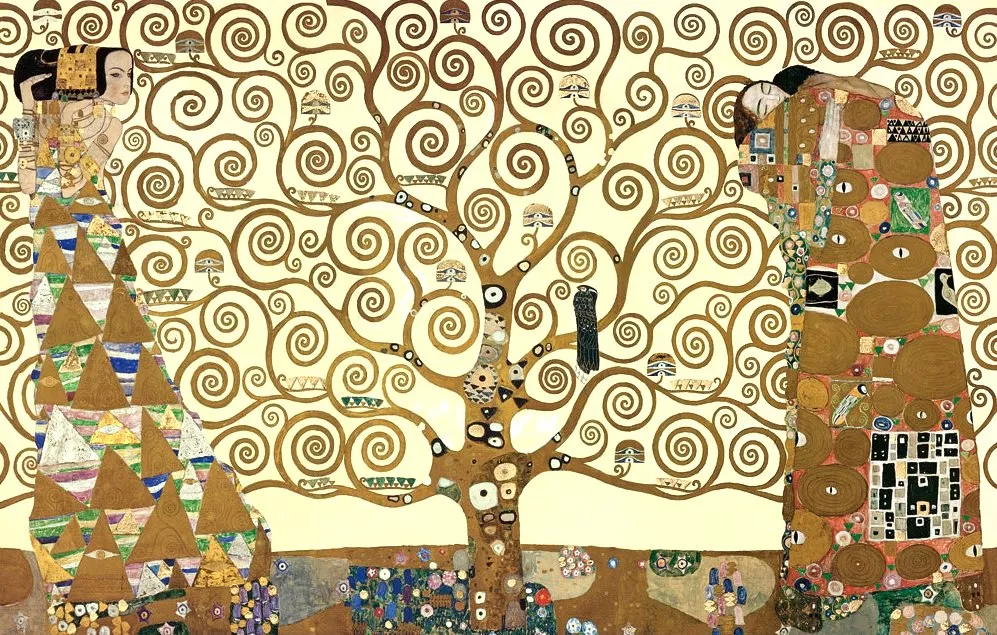Gustav Klimt Biography

Gustav Klimt (1862-1918) was an Austrian painter and a key figure in the Vienna Secession movement, which sought to break away from the traditional art of the 19th century. Born in Baumgarten, near Vienna, Klimt's artistic talent was evident from an early age. He studied at the Vienna School of Arts and Crafts and began his career working with his brother Ernst on murals and ceilings in public buildings.
Klimt's unique style, characterized by the use of gold, colored decoration, and often erotic elements, set him apart as a pioneering artist. He played a crucial role in the transition to the more modern styles of the 20th century, and his work had a significant influence on his contemporaries and future generations of artists.
Despite facing controversy and personal challenges, Klimt remained dedicated to his art throughout his life, leaving behind a legacy as one of the greatest painters of the early 20th century.
Early Life and Education
Gustav Klimt was born on July 14, 1862, in Baumgarten, near Vienna, Austria. He was the second of seven children born to Anna Klimt (née Finster) and Ernst Klimt the Elder, a gold engraver. His childhood was spent in poverty, but his artistic talent was evident from an early age.
In 1876, at the age of 14, Klimt was awarded a scholarship to the Vienna School of Arts and Crafts (Kunstgewerbeschule), where he studied architectural painting until 1883. His younger brothers, Ernst and Georg, also enrolled in the school and showed artistic talent.
Early Career
In 1877, Gustav and his brother Ernst began working as independent artists, taking commissions for murals and ceilings in large public buildings. They worked together on many projects until Ernst's death in 1892.
In the early 1880s, Klimt met Emilie Louise Flöge, who was to be his companion until the end of his life. His painting, The Kiss, is thought to be an image of them as lovers. Flöge was the model for many of his works and the subject of numerous photographs by Klimt.
Vienna Secession
In 1897, Klimt and a group of like-minded artists founded the Vienna Secession, a movement that rejected the conservative policies of the Viennese Künstlerhaus. Klimt was the first president of the group, which held both a philosophical and commercial role. The Secession brought new artists to Vienna and introduced the city to foreign artists through exhibitions in their building, designed by Joseph Maria Olbrich.
Klimt's famous Beethoven Frieze was painted for the 14th Vienna Secessionist exhibition in 1902, which was intended to be a celebration of the composer and featured a monumental polychrome sculpture by Max Klinger. Meant for the exhibition only, the frieze was painted directly on the walls with light materials. After the exhibition, the painting was preserved, although it did not go on display again until 1986.
Golden Phase
Klimt's "Golden Phase" began around 1899 with paintings such as Pallas Athene and Judith I, and reached its peak between 1907 and 1909 during which he painted The Kiss, his most famous work. This period was marked by positive critical reaction and financial success. Many of his paintings from this period used gold leaf, which had previously been used only for religious art.
Klimt travelled little, but trips to Venice and Ravenna, both famous for their beautiful mosaics, likely inspired his gold technique and his Byzantine imagery. In 1904, he collaborated with other artists on the lavish Palais Stoclet, the home of a wealthy Belgian industrialist. Klimt's contributions included a series of mosaics for the dining room.
Later Life and Death
In the later years of his life, Klimt did not confine himself to any standard style. In 1911, his painting Death and Life received first prize in the world exhibitions in Rome. In 1915, his mother Anna died. Klimt died three years later in Vienna on February 6, 1918, having suffered a stroke and pneumonia. He was interred at the Hietzinger Cemetery in Hietzing, Vienna.
Legacy
Klimt's paintings have brought some of the highest prices recorded for individual works of art. In 2006, the 1907 portrait, Adele Bloch-Bauer I, was purchased for the Neue Galerie New York by Ronald Lauder reportedly for US $135 million, surpassing the previous record of US $104.1 million for Picasso's 1905 Boy With a Pipe. This price was exceeded in 2012 by the sale of Edvard Munch's The Scream, which sold for $119.9 million.
Klimt's work had a strong influence on the painters of the early 20th century. He is often credited with being one of the most important innovators of modern art. However, some of the works that were influential to other artists were not widely accepted during his own time.
The city of Vienna, Austria had many special exhibitions commemorating the 150th anniversary of Klimt's birth in 2012. The Getty Research Institute, the National Gallery of Art, Washington, and the Museum of Modern Art, New York City, organized a scholarly symposium, "Gustav Klimt and the Promise of Modernism," which opened at the Getty Center in Los Angeles in 2012.
Famous Works
Gustav Klimt's most iconic paintings include The Kiss, a stunning representation of his "Golden Period"; Portrait of Adele Bloch-Bauer I, also known as The Lady in Gold or The Woman in Gold; and Judith and the Head of Holofernes, a biblical tale of seduction and decapitation. Other notable works include Danaë, Death and Life, Beethoven Frieze, The Three Ages of Woman, The Sunflower, The Virgin, and The Tree of Life, each showcasing Klimt's unique style, symbolism, and mastery of composition.The Kiss (Lovers) (1907-1908)
Probably Klimt's most famous work, The Kiss represents the pinnacle of his "Golden Period". It depicts an embracing couple, their bodies entwined in elaborate robes decorated in a style influenced by both linear constructs of the contemporary Art Nouveau style and the organic forms of the earlier Arts and Crafts movement.
Portrait of Adele Bloch-Bauer I
Portrait of Adele Bloch-Bauer I (1907) also known as The Lady in Gold or The Woman in Gold, this painting is a portrait of Adele Bloch-Bauer, the wife of Ferdinand Bloch-Bauer, a wealthy Jewish banker and sugar producer. The portrait was commissioned by the sitter's husband and took three years to complete. It is the final and most fully representative work of Klimt's golden phase.
Judith and the Head of Holofernes (1901)
Judith and the Head of Holofernes - this painting shows the biblical character of Judith holding the severed head of Holofernes. The story of Judith, a popular subject in art since the Renaissance, is a tale of seduction and decapitation found in the apocryphal Book of Judith.
Danaë (1907)
Danaë - this painting shows Danaë, a figure from Greek mythology, the daughter of King Acrisius of Argos. As an oracle had predicted that Danaë's son would kill Acrisius, the King shut Danaë away in a bronze chamber. Zeus came to her in the form of golden rain, and she became the mother of Perseus.
Death and Life (1910-1915)
Death and Life - this painting won first prize in the 1911 world exhibition in Rome. It features a group of figures on the right-hand side representing the stages of human life, juxtaposed with a figure of death on the left.
Beethoven Frieze (1902)
Beethoven Frieze - this frieze was painted for the 14th Vienna Secessionist exhibition in 1902, which was intended to be a celebration of the composer Ludwig van Beethoven. The frieze depicts human desire for happiness in a suffering and tempestuous world in which one contends not only with external evil forces but also with internal weaknesses.
The Three Ages of Woman (1905)
The Three Ages of Woman - this painting shows the three stages of a woman's life: infancy, motherhood, and old age. The woman holds a sleeping infant, while an old woman is placed in the background, her head bent down.
The Sunflower (1906-1907)
The Sunflower - this painting features a woman standing tall, her head tilted back, her eyes closed, and her hands raised to her cheek. She is surrounded by a halo of gold, reminiscent of religious icons, but the gold is contrasted with the organic forms of the sunflowers.
The Virgin (1913)
The Virgin - this painting shows six female figures, intertwined and floating on a bed of stylized flowers. The women are situated in concentric circles, their hair mingling with the flowers, creating a sense of fluid movement.
The Tree of Life (1909)
The Tree of Life - part of the Stoclet Frieze, a series of three mosaics created by Klimt for the Palais Stoclet in Brussels, The Tree of Life is based on Art Nouveau ornamental forms and Byzantine art. The swirling branches of the tree are decorated with spirals, geometric patterns, and images of the "Tree of Life".
***
Gustav Klimt was a main figure in the transition from traditional 19th-century art to the more modern styles of the 20th century. His unique style, characterized by elegant gold or colored decoration, often featuring erotic elements, was widely influential. Despite the controversy surrounding many of his works, Klimt is remembered as one of the greatest painters of the early 20th century, and his works continue to command high prices.
